As I’m growing up into a young adult, I find learning more about my culture, heritage, and overall family history more enticing than when I was younger. I feel like this is a stage most people may face in life. But the culture I spent a lot of time in is so expansive and fascinating that I want to dive deeper into it. Gullah Geechee culture has been around me since I was first able to take a breath, as most of my family (on my mom’s side) are Geechee themselves. Gullah Geechee people are descendants of enslaved Africans from the Rice Coast (West Africa) who, over time, built up a very distinctive creole language and unique culture of their own by bridging together West African dialect and European English, as well as making unique dishes akin to some West African cuisine, via hunting for their own game, foraging and growing their own produce, and fishing.
Hanging around with cousins and interacting with family members on St. Helena Island in South Carolina introduced me to the unique ways of talking and culinary traditions that are particular to my family’s culture. Even on the historical side, Gullah culture and the people that come from it have made strides that have impacted history. However, it is often not talked about, and unless you are of the culture, you may not know much about it. So, I have decided to share some information about Geechee history, and culture that would help you become familiar with it and maybe interest you in learning more about it.
Gullah Grub
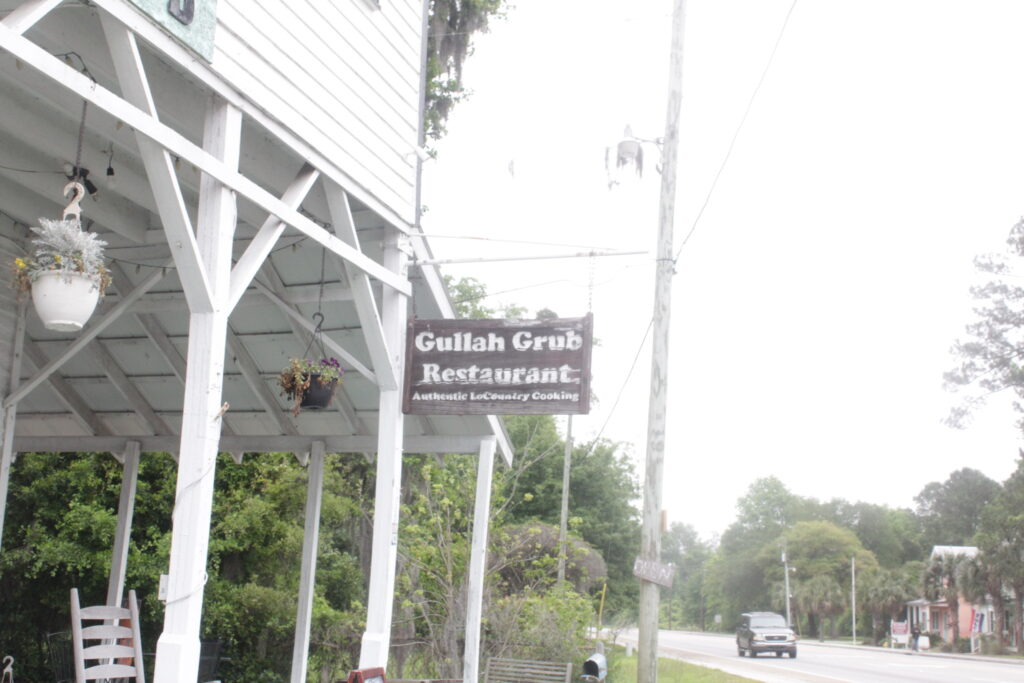
The facet of Geechee culture you may know about already is the cuisine. Geechee cuisine consists of foods based upon West African traditional food and original dishes that we now consider soul food; for example, hoppin’ john, okra, shrimp and grits, and other rice-based foods.
Gullah Grub (Main Entrance)
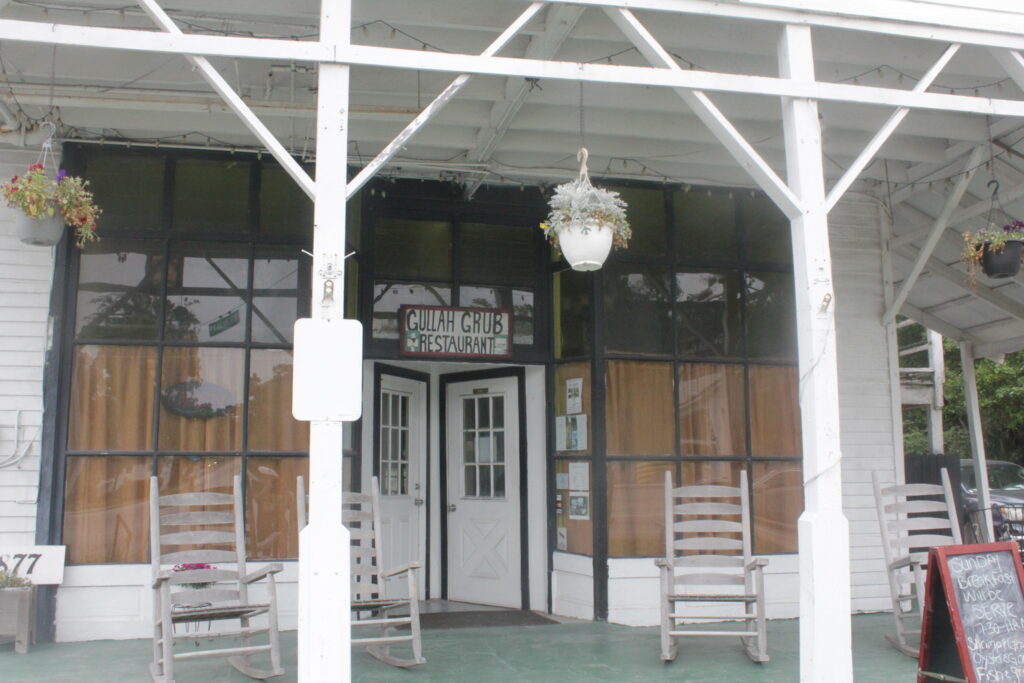
A significant reason rice is so prevalent in Geechie cuisine is that enslaved Africans (specifically) from the Rice Coast (West Africa) were brought to the Lowcountry by enslavers to teach them how to fish and cultivate rice. Rice is also essential to Southern cuisine for the same reason.
Coffin Point Plantation
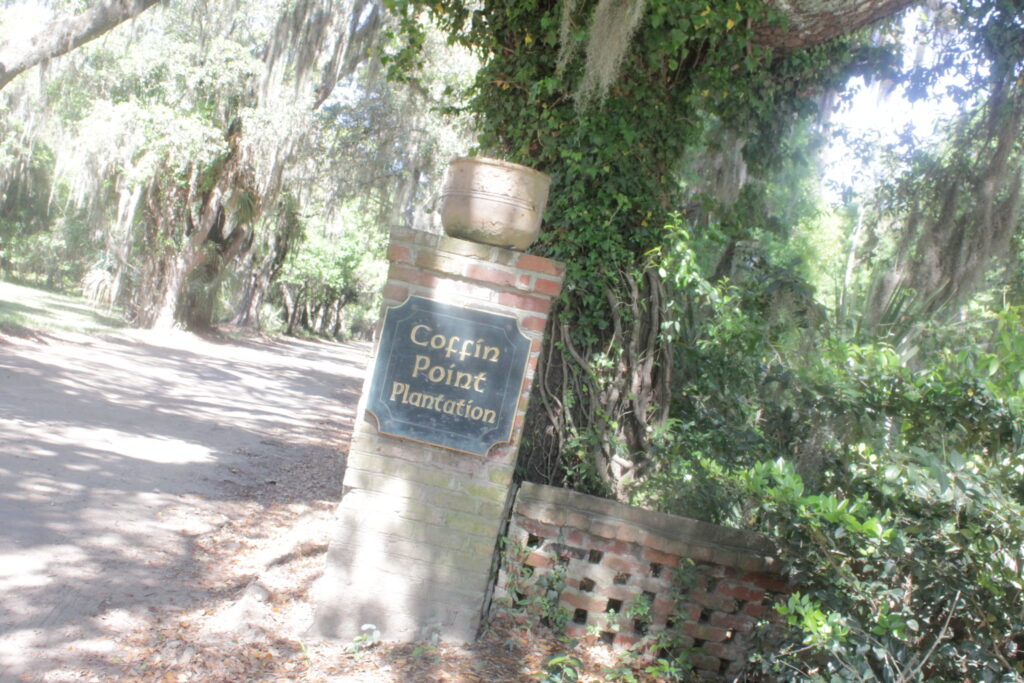
One of the main plantations many enslaved West Africans were brought to is the Coffin Point Plantation in St. Helena, South Carolina. Like many other plantations on St. Helena, the neighborhood is still known by the name Coffin Point. However, unlike other plantations, the plantation house is still standing and is being lived in. I wish I could’ve got a good picture of it, but sadly the ones I caught were too bright. So I had to substitute them with a picture of the main sign for the community.
Brick Baptist Church
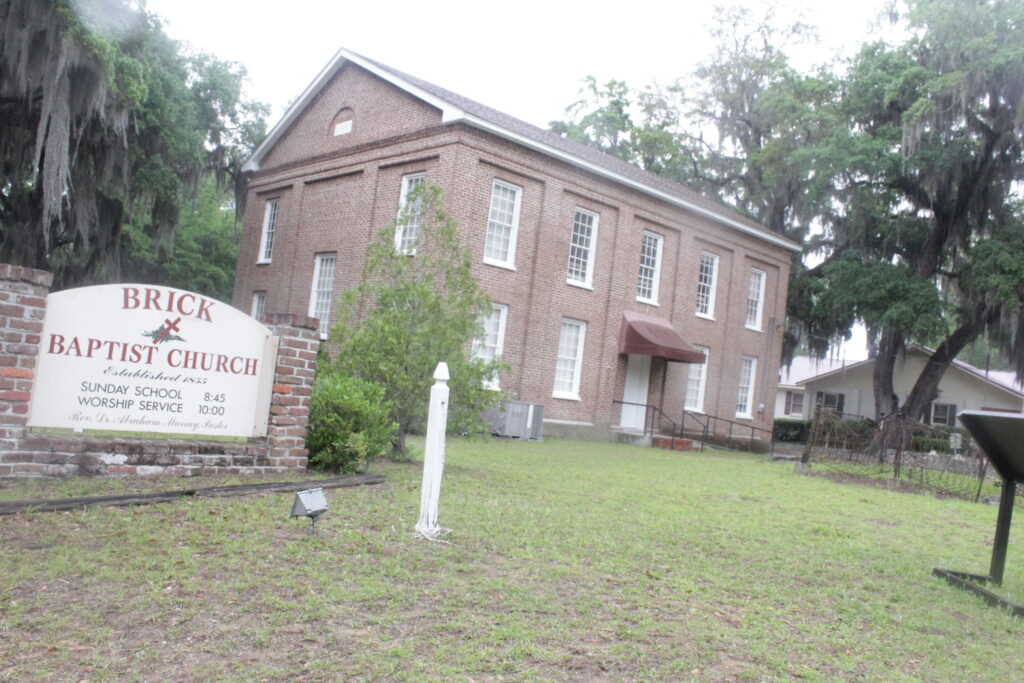
Brick Baptist Church is an important cornerstone of the St. Helena community and the Geechee community as well. Brick has historical significance due to its ties with the Penn School, which is the first school for African Americans opened by northerners in the South. Since the mid-1800s both Penn (which is now Penn Center) and Brick have housed learning spaces for Black children on the Sea Islands (Lowcountry South Carolina).
Arnett House
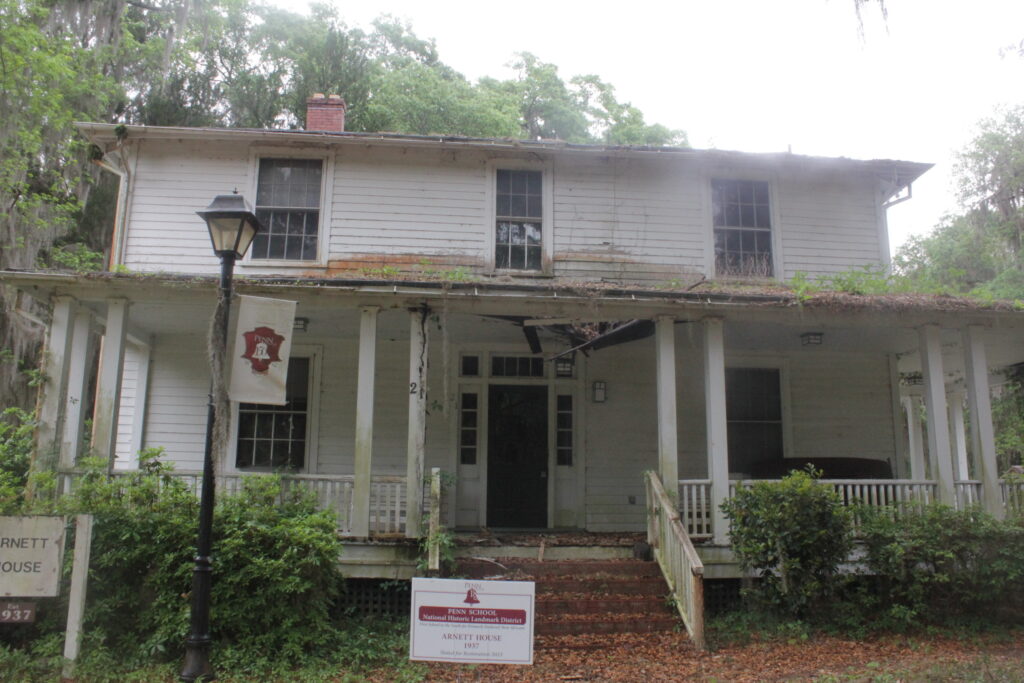
The Arnett House is also within the Penn Center and was used as another schooling facility. Arnett also has a broader historical significance, as it was a significant meeting place for Martin Luther King and other civil rights movement leaders in the low country.
Coffin Point Praise House
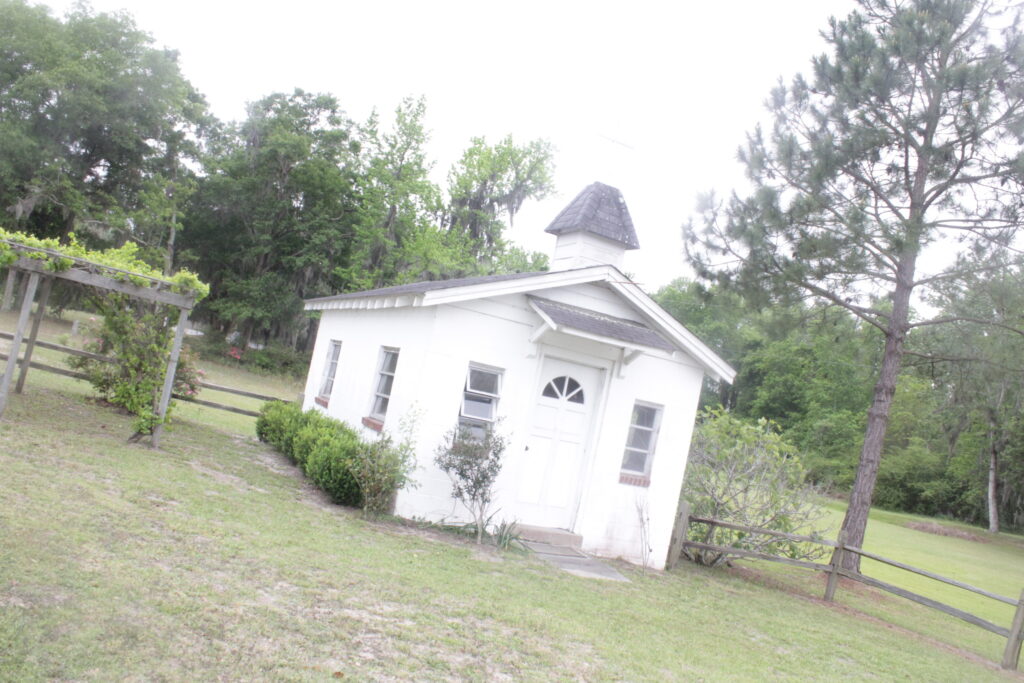
Although it may look like a mini church, this praise house holds a culture unique to the sea islands. Praise houses were first created on St. Helena island as a place to worship and meet away from slaveowners. Their small stature made it easier to congregate in secrecy and safety rather than meet in the swamps. Many (including this one) still stand tall on St. Helena Island and are quite interesting to see in person.
These are some of the many things that mark Geechee culture and its history. I wish I could explore and showcase more about my heritage, but I still have much to learn and many more photos to take. I hope this brief showing of Gullah Geechee history gave you any cool or unknown facts, and that you enjoyed the pictures and descriptions.

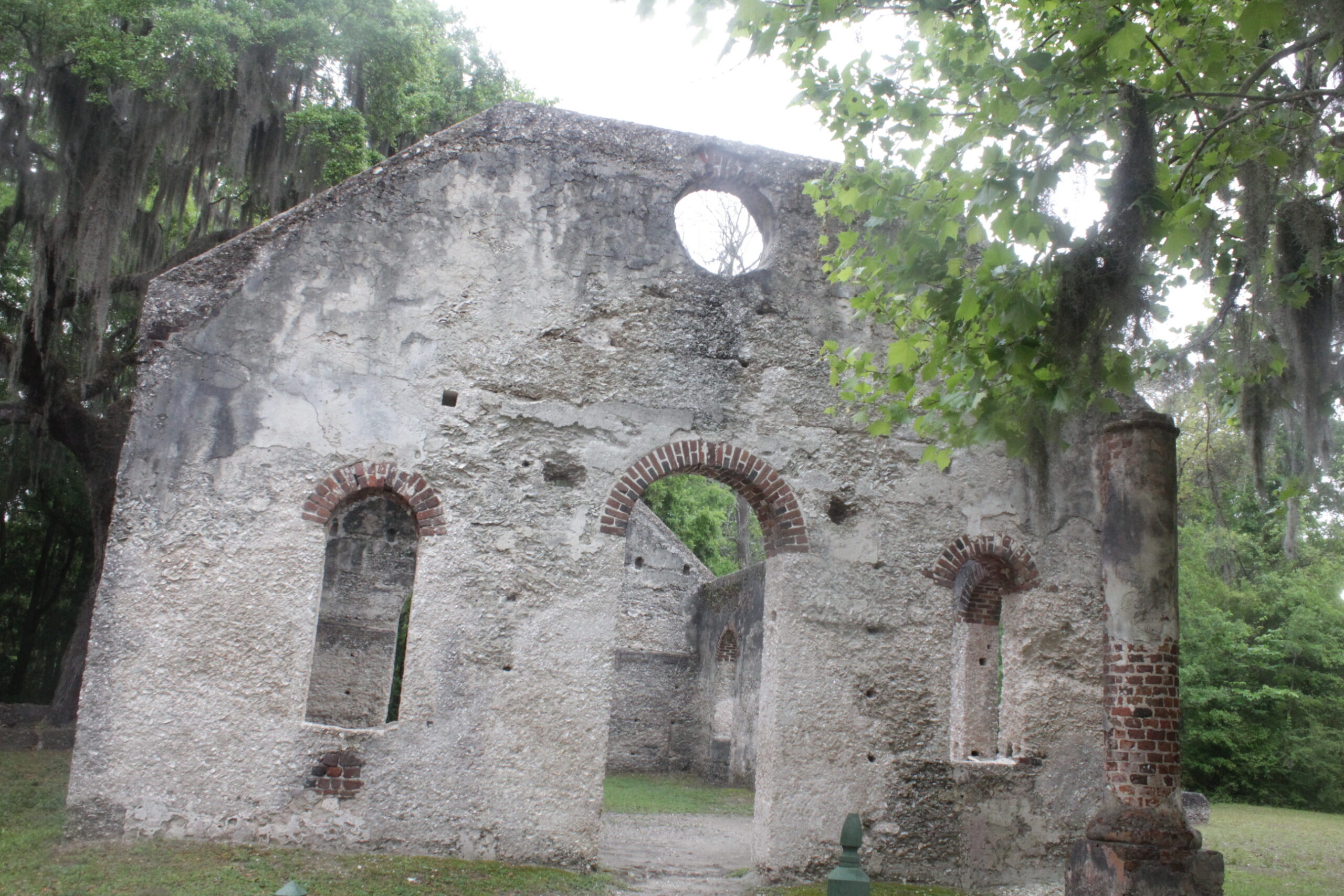



Amani! Terrific article. Thank you! Rita V
Hi, Amani, This is very well written. Thank you for making this available to your readers.